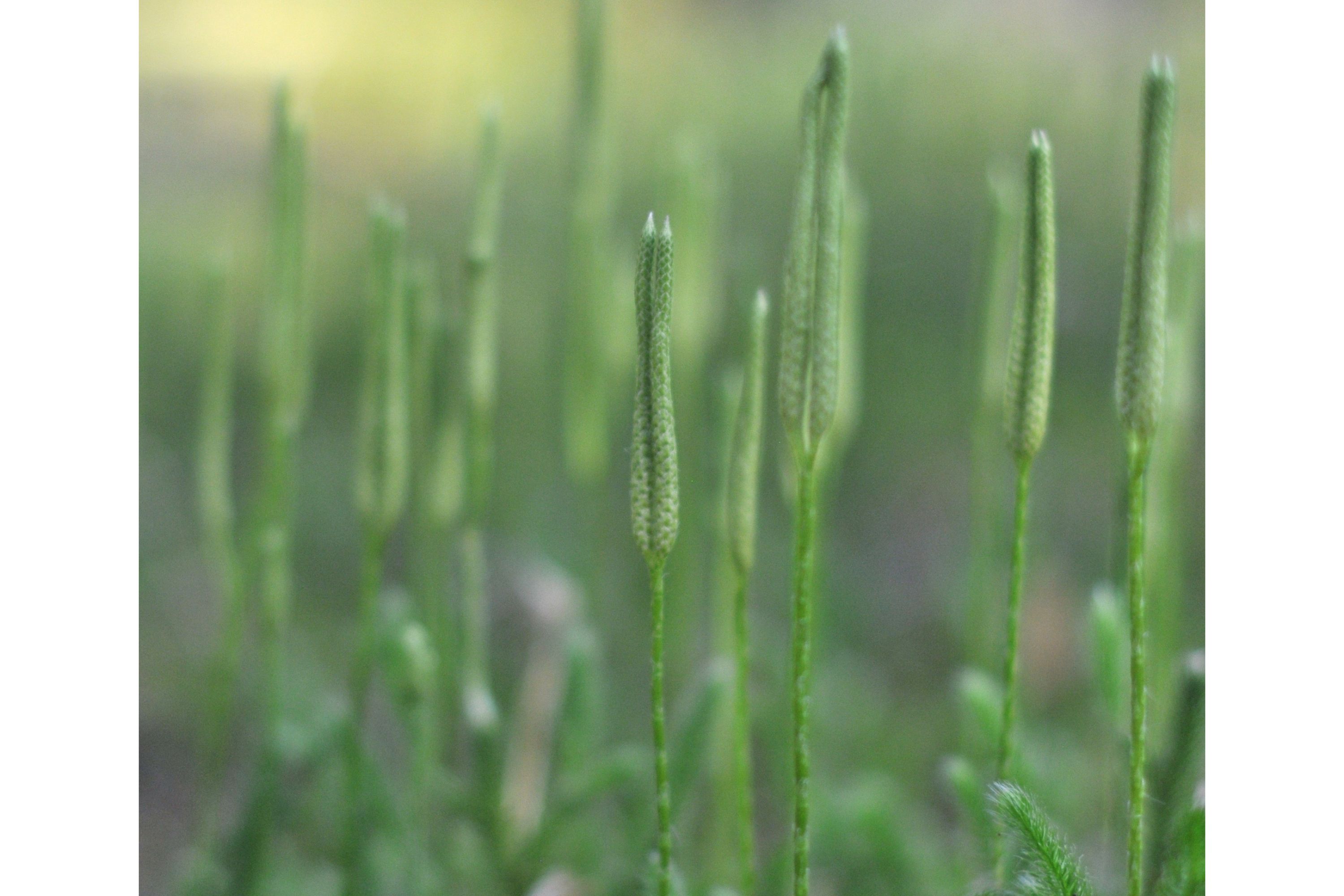Rare clubmoss
(Dendrolycopodium obscurum)

Description
Dendrolycopodium obscurum, synonym Lycopodium obscurum, commonly called rare clubmoss, ground pine,or princess pine, is a North American species of clubmoss in the family Lycopodiaceae. It is a close relative of other species such as D. dendroideum and D. hickeyi, also treelike. It is native to the eastern United States and southeastern Canada from Georgia to Minnesota to Nova Scotia. It grows in the understory of temperate coniferous and deciduous forests, where it is involved in seral secondary succession, growing in clonal colonies some years after disturbance has occurred. It has also been found in Japan, Taiwan, Korea, Russian Far East, and northeastern China. Dendrolycopodium obscurum is known for the superficial resemblance of its sporophyte to various conifers. However, its above-ground parts are rarely more than 15 cm (6 inches) tall. Its main stem is actually a subterranean, creeping rhizome, which grows about 6 cm (2.4 inches) below ground. Several aerial shoots branch off of the rhizome, which also branch dichotomously several times, giving D. obscurum its distinctive appearance. Fertile shoots possess sessile strobili, borne at the tops of their main axes and sometimes at the tips of dominant lateral branches. The leaves are microphylls, each containing only a single vein and measuring less than 1 cm (0.4 inches) long. Two types of microphylls are formed, green trophophylls that cover most of the aerial shoots, and yellow to tan sporophylls that form the strobili, and contain the sporangia. D. obscurum reproduces sexually via spores and also vegetatively, through its rhizome. dentifying D. obscurum in the wild can be difficult without prior study, because it is not only relatively rare, but shares much of its morphology with D. dendroideum and D. hickeyi. However, it can be identified with the naked eye by observing its leaves. Below its first branch, the microphylls of D. obscurum are tightly packed to the axis, while those of D. dendroideum are fully spread down to the soil. The leaves on lateral branches of D. dendroideum and D. hickeyi are evenly shaped and distributed, while they are pressed into the horizontal plane in D. obscurum, with the underside leaves being much shorter than all others.
Taxonomic tree:







